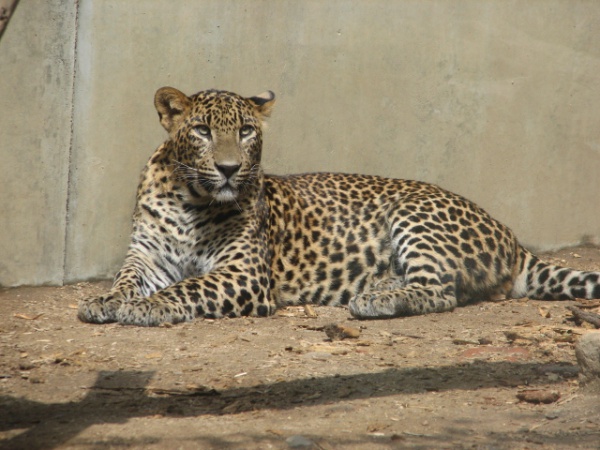Facts About Sri Lankan leopard
The Sri Lankan leopard, a unique subspecies found exclusively in Sri Lanka, was first identified in 1956 by Paules Edward Pieris Deraniyagala. Since 2008, it has been classified as Endangered on the IUCN Red List, with an estimated population of only about 700–950 individuals remaining in the wild as of 2015. These leopards are distinguished by their tawny coats adorned with dark spots and rosettes and have evolved to be relatively large, serving as the apex predators of the island.
These leopards are solitary animals, each maintaining its own territory, which often overlaps with those of other leopards. They primarily hunt at night but can also be active during dawn and dusk. Their diet is diverse, encompassing small mammals, birds, reptiles, and larger prey such as deer and monkeys. They can give birth at any time of the year, typically producing litters of two to four cubs.
The Sri Lankan leopard faces serious threats from habitat loss, fragmentation, and poaching. Thankfully, conservation efforts are underway, with organizations like the Wildlife and Nature Protection Society (WNPS) focusing on research and protective measures. Around 75 Sri Lankan leopards are currently being cared for in zoos worldwide.
Locally, these leopards are called "kotiya" in Sinhala and "chiruthai" in Tamil. There was once confusion in the Sri Lankan media between the terms "kotiya" and "tiger." Beyond their ecological role, Sri Lankan leopards hold cultural significance and have been used as symbols by various groups, including the Tamil Tigers.

 India
India